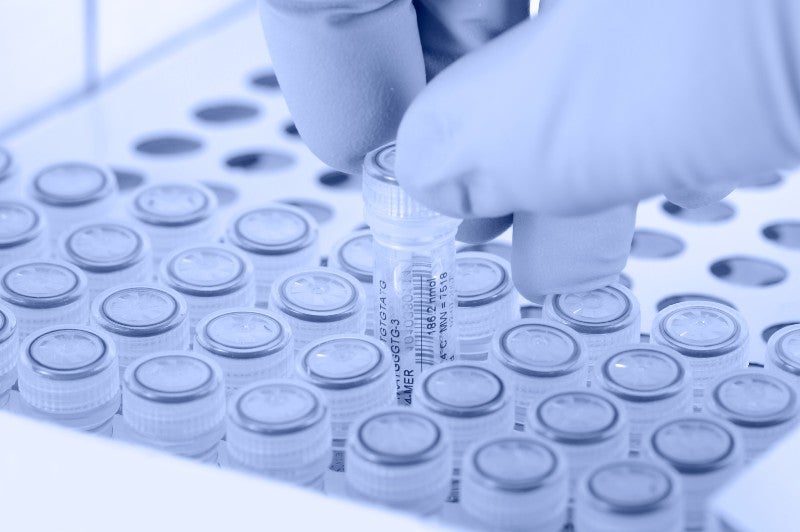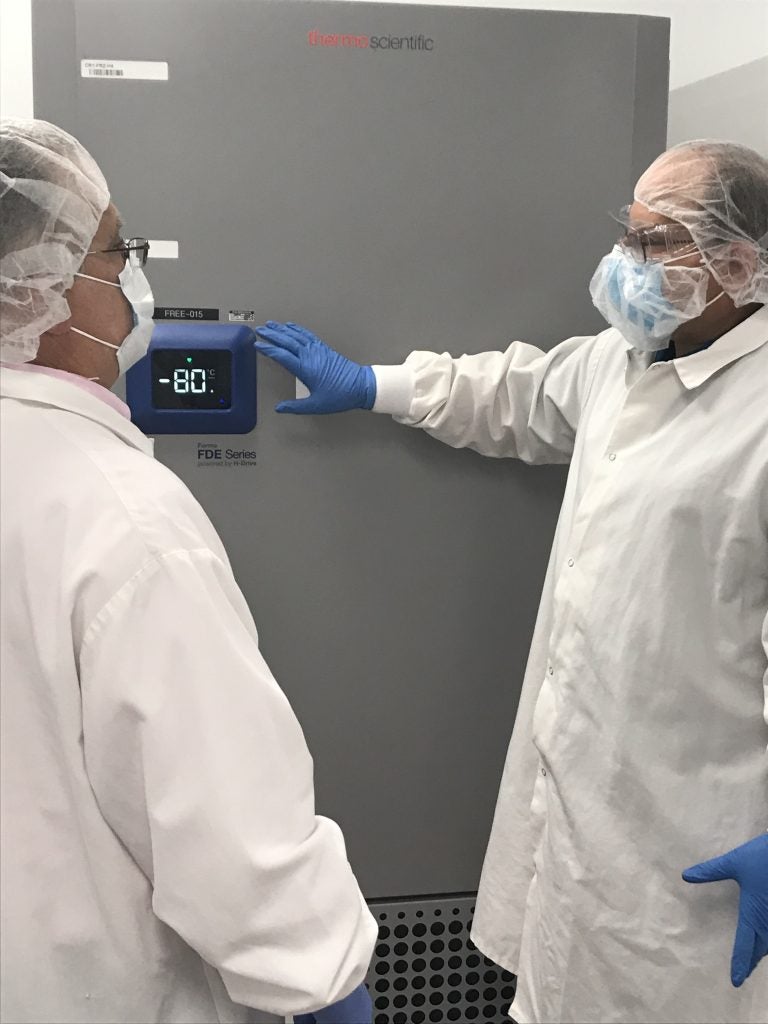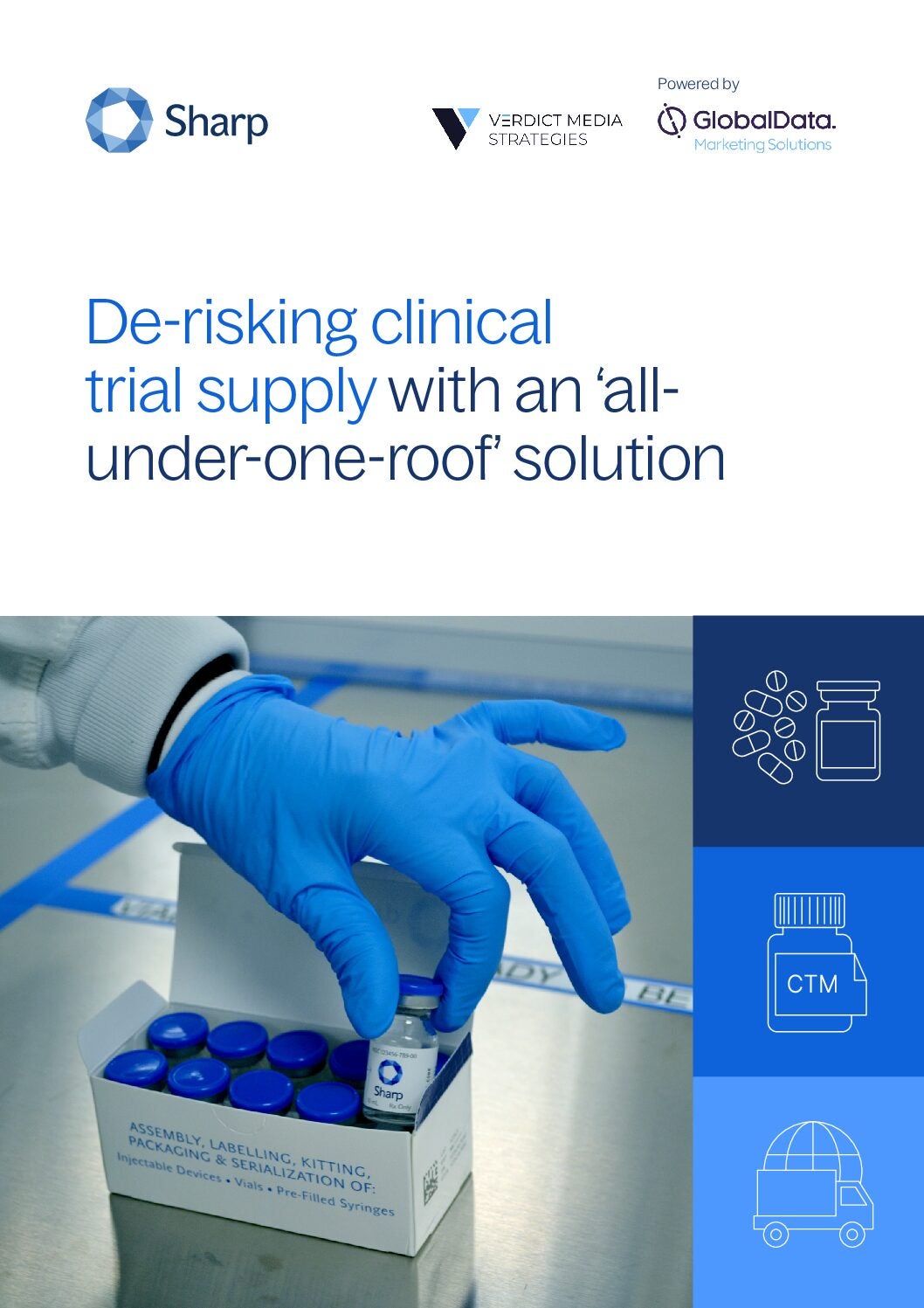
Although only a small number of gene therapies have reached the market thus far, the industry is poised to grow quickly over the next few years. Pharmaceutical companies are putting their trust in the immense potential this new generation of medicine has for treating individuals with rare genetic diseases, which currently affect an estimated 280 million patients worldwide.
According to GlobalData’s clinical trials database, there are currently 1,231 planned and ongoing trials for gene therapies and gene-modified cell therapies alone. The majority of these are in Phase I (68%) and Phase II (24%), with just 8% in Phase III.
As the clinical trials industry adapts to the rising demand, it must also tackle important challenges concerning the way advanced medicines like cell and gene therapies are handled. “Cell and gene therapies are not your typical clinical supply chain. It’s much more complex and it has to be 100% correct, or else patients are really at risk,” explains Michael MacNeir, vice president of Business Development, Sharp Clinical.
The requirements
When handling personalised medicines, time is of the essence. It is critical to understand the supply chain, plan your packaging, storage and distribution lanes, then test the entire process before patient shipments go live.
Further compounding the complexity is the highly temperature-sensitive nature of these products, meaning any hiccup faced when processing products outside of their freezer banks can have a serious, knock-on effect. One minute too long spent out of the freezer or refrigerator due to unclear processes could mean the difference between the patient receiving a vital therapy or the product not being fit for use. This can cause a delayed treatment for the patient who, in the worst case scenario, could be too sick to wait for the next shipment.

The risk of mistakes caused by improper planning are enormous. “You have very little supply and the product is incredibly temperature sensitive,” explains MacNeir. “If there was an excursion, or if you lose that product for any reason, the risk to patients and the study are tremendous. You have very little room for error and need to leverage partners with the expertise and attention to detail to ensure success.
“Planning, planning, planning, using validated shippers, ensuring robust packaging processes, and communicating product specifications to ensure as many variables as possible are accounted for is the key to success,” he continues. “A few aspects that are oftentimes overlooked include the importance of mapping all of the lanes from your depot or storage facility to the clinic, but also who will be met at the site and where. There is no worse feeling than planning out everything and having an excursion or a delay in the final stage before administration.”
Considering the challenges, sponsors may indeed be more likely to outsource the packaging and distribution of their gene therapy portfolio to a service provider who can demonstrate the experience, knowledge and specialised infrastructure needed to package and ship gene therapies across jurisdictions. It is important to leverage the expertise from partners who may have had lessons learned in the past and who can help you avoid the same lessons.
Sponsors should also consider location in their decision, as areas with insufficient transportation infrastructure or flight options will limit just-in-time shipments and could impact patients receiving their treatment on time and in spec.
Faced with their own challenges, one company turned to global leader in pharmaceutical packaging solutions, Sharp Clinical, to build a 1,000 ft2 gene therapy packaging suite to be operated by Sharp’s expert team on the service provider’s site in Bethlehem, Pennsylvania, US. At the same facility, Sharp constructed a second state-of-the-art, BSL2 packaging suite dedicated to meet the small-batch size requirements of its customers’ growing gene therapy portfolios.
Designing a world-class gene therapy suite
Cryostorage is an important feature of any advanced therapy facility. As living material, cell and gene therapies are usually stored and shipped at temperatures between 2 and 8°C or -60°C and -150°C. Any excursion can be detrimental to the product’s efficacy, therefore reliable equipment and constant monitoring of temperature and time-out-of-refrigeration is vital.

In Sharp’s suite, full-sized -80°C freezer banks are monitored around the clock for temperature, humidity, and dew points using the latest technology, with any deviations announced by an emergency-call out generated through the automated system.
The use of 5S lean manufacturing methodologies throughout enables timelines to be kept to a minimum in this just-in-time production environment. As security is paramount, all doors to the suite require card access, while security cameras are used to monitor activity within and outside the facility.
This whole operation is kept separate from the rest of Sharp’s production in Bethlehem. “Products are stored and packaged in a dedicated suite by a dedicated team,” explains MacNeir. “Nothing else is processed in those rooms, and product is shipped out of a dedicated dock, which means it doesn’t need to go through the rest of our facility. That was really a key part of the design. In addition to having the dedicated suite and teams, we’ve also developed robust SOPs to support the gene therapy supply chain. Knowing that there is a patient behind this, and the impact of any little detail not being 100%, really goes into everything that we do in that suite.”
To strengthen this, Sharp welcomes conversations with clients about the particulars of their products and the patients it serves. This helps the teams handling those products fully comprehend the importance of their work and the need for precision and promptness in everything they do.
Clinical through commercialisation
According to MacNeir, over the past few years demand has rocketed for Sharp’s gene therapy services, with the company not only supporting clinical trials but also commercial-scale production, too.
“We’ve supported clinical through commercialisation with several products that we’ve been working on, and we don’t see it stopping anytime soon,” he remarks. “We continue to invest in this capability as we see a need for it in the industry, as well as improvements that still need to be made as technology gets better to enable end-to-end visibility.”
In early 2022, Sharp completed the construction of a new facility in Heerenveen, the Netherlands to complement the gene therapy capabilities of its Bethlehem site. As in Pennsylvania, the site offers both small-batch clinical and commercial-scale packaging and features a controlled environment, air handling systems, a walk-in 2°C – 8°C packaging suite, freezer banks, electronic batch record, and a standardised quality management system.
Looking ahead, MacNeir believes the company’s flexibility to meet its customers’ requirements will make Sharp a partner of choice for gene therapy developers. “Flexibility really is the key to support our customers in this area,” he comments. “Sharp is in a unique position as we have room to expand within all three of our facilities, which allows us to grow and scale up to meet our customers’ requirements and with industry.”
With the FDA well on track to meet its 2019 prediction that it would approve ten to 20 new cell and gene therapies a year by 2025, this industry is showing no signs of slowing down. As pipeline products progress through clinical trials and head toward commercialisation, service providers with dedicated infrastructure, operational efficiency, and expertise will be instrumental in supporting gene therapy’s next phase.
To learn more, please download the whitepaper below.



